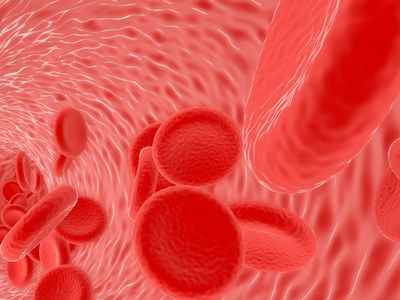
本期想来给同学们分享一些有关AP化学常考知识点,大家都知道AP的试卷以英语为主,所以本期的知识点也会以英语的形式出现。下面就一起来看看都有哪些内容吧!

任何具有opposite charge的particles之间的attraction force都可以用Coulomb’s law解释,包括intermolecular forces,lattice energy和binding energy (nucleus与electron之间的吸引)等。
Compound的resonance structures不代表可能存在的结构,真实结构中所有的bonds具有相同的bond length和bond energy,delocalized electrons在所有结构中平均分布。
在比较solubility, melting/boiling point, vapor pressure等物理性质时,首先考虑物质属性(ionic, molecular or covalent network)。如果都是molecularcompounds,需要考虑intermolecular force的强弱。如果题中已经给出能反映intermolecular force相对大小的数据或现象,需要根据题意进行判断。注意,影响LDF的因素是electron数量的多少(electron cloud的polarizability),不是molar mass的大小。
除非特别强调是electronic geometry或electron domain geometry,题目中所问的geometry都是molecular geometry。
在比较periodic trend(radius, IE等)时,从atomic structure (valence electron的energy level),effective nuclear charge, shielding, electron-electron repulsion,atomic orbital的角度解释,不要用一个trend解释另外一个trend。

计算molar enthalpy of reaction,注意一定要把正、负符号写出来。q除以的是reaction的mole数。这个mole的数值不一定等同于limiting reactant的mole数。如果limiting reactant在reaction equation中的系数等于1,reaction的mole数等于limiting reactant的mole数;
如果limiting reactant在reaction equation中的系数不等于1,用q除以limiting reactant的mole数后,还需要乘以limiting reactant在reaction equation中的系数,才能得到molar enthalpy of reaction。
Polar molecules 之间的作用力被称为dipole-dipole。
hydrogen bonding只有是当H原子遇到了F、O或者N这种electronegativity值比较大的原子时才会出现,前面举例的HCl等都不属于有hydrogen bonding。
London Dispersion Forces指的是fluctuating dipole之间的coulombic interaction。分子之间接触的范围越大,或者polarity越大,dispersion force就越大。因为电子并不是固定在一个位置,所以这个对于polar和non-polar 的分子都适用。
化学是一门偏重于记忆的国际课程。如果你记忆力好,又对化学感兴趣,那么你在化学考试上的优势非常大。如果你记忆力不好也没关系,找对方法一样可以考的很好,唯寻为了应对5月大考,特地推出了AP精品课程班。

点击
查看

学习有方法,成长看得见
筑梦牛剑/G5/常春藤
